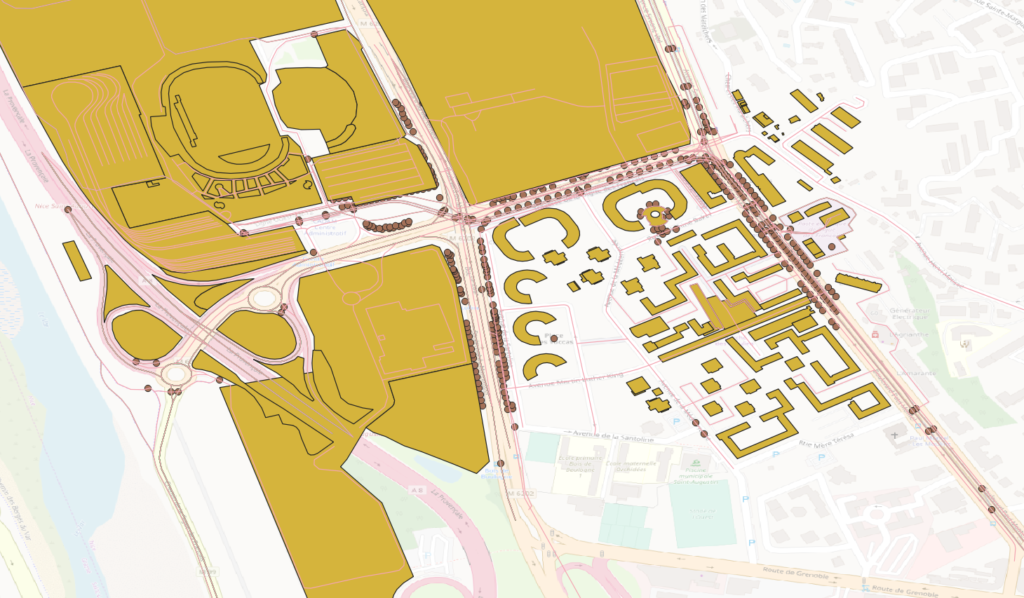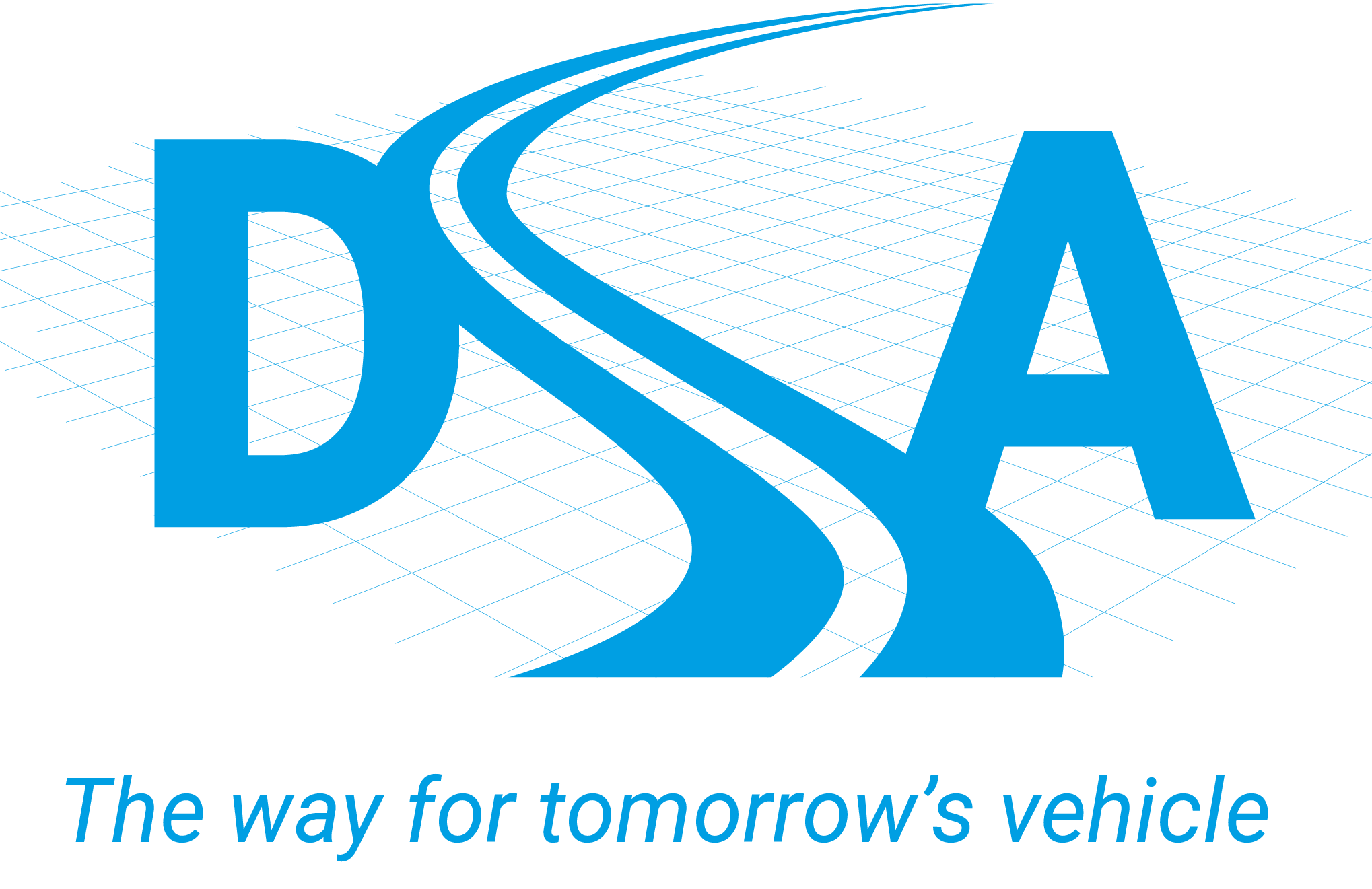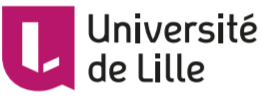The Driving Simulation Association organizes in the framework of the DSC 2020 Conference, the “Smart Vehicle for Sustainable Mobility” contest, in cooperation with Arts et Metiers, University Cote d’Azur, University of Lille and with the support of Smart Vehicle Côte d’Azur.
The contest starts on February 15th and is open to students from Master or PhD students, individually or in small groups, interested in sustainable cities, simulation and smart vehicles. Inscriptions will open on February 29th: Contest Registration
The proposed solutions must be submitted by June 30th. The Selection Committee will evaluate the propositions and select the 3 winners by July 15th, with a 1,000€ price for the first and 500€ for the second winner, all 3 receiving a winner award.
Winners will present their solutions at the DSC Europe 2020 VR conference on September 9th, 2020 at the Congress Center of Antibes: DSC Program. Transportation costs will be taken into charge by the Driving Simulation Association. There is also the possibility for them to deploy their solution in the Nice conurbation.
Context
Sustainable development is one of the main topics of the 21st century. It is crucial to reduce our environmental footprint at every possible level.
The automobile traffic is one of the biggest sources of pollution (in European Union, automobile traffic causes about 22% of global CO2 emission), mostly affecting cities.
Therefore, the adequate urban traffic management, including traffic lights, has a direct impact on the control of CO2 emission.
Tasks
In this contest, you will have to propose a new innovative urban traffic management thanks to a new traffic lights model to propose.
First, define a scenario:
- Choose an interesting area in Nice (for example, see the selected OpenStreetMap area). You may extend it if you want, the goal being to identify a place where optimizing the traffic lights network has a significant impact on the traffic.

- Then, define the traffic for this area. You will need to place sources and sinks, as well as choose the traffic density (to vary with time). You can use many open data sources. A short list of useful links is available here.
- Lastly, simulate the scenario. Some simulation tools (SCANeR, SUMO, VTD, …) are either open source or free for students. You can pick up the simulation software tool you know the best, allowing to specify and manage the traffic and to provide a visual demonstration. These tools should also allow you to control the critical parameters, such as driver’s behavior.
After setting up the scenario, you will be able to imagine and test your model for traffic lights.
Evaluation
We expect you to be creative: optimization algorithms for travel time are accessible to everyone. So, candidates are not evaluated on their programming skills alone.
The Selection Committee will evaluate your solution considering innovation, sustainability, but also performance: travel time is indeed taken in consideration.
In addition to the first scenario you will have set up, the diversity of scenarios you provide is much appreciated: it will demonstrate that your model is adapted to many situations. Please complete your POC with a discussion about your work and possible future solutions you may propose.
To submit your solution, you must provide a short video and a paper which format is close to scientific papers. You can find the guidelines and the template on the submission page.
Webinars
The next webinar for the DSC Europe 2020 VR Sustainable Simulation Contest, organized by the Driving Simulation Association, is held on May 26th at 2:30 pm (CEST Time = UTC/GMT +2)!
This webinar is open for all students interested in this contest. To access it, please follow this link.
The dates are:
- March 31st, 10am to 11am (CEST Time = UTC/GMT +2)
- April 14th, 4pm to 5pm (CEST Time = UTC/GMT +2)
- April 28th, 10am to 11am (CEST Time = UTC/GMT +2)
- May 4th, 10am to 11am (CEST Time = UTC/GMT +2) (SCANeR™studio webinar)
- May 5th, 10am to 11am (CEST Time = UTC/GMT +2) (VTD webinar)
- May 26th, 10am to 11am (CEST Time = UTC/GMT +2)
Organized by

with the cooperation of



and supported by


More information is available by following the links below: